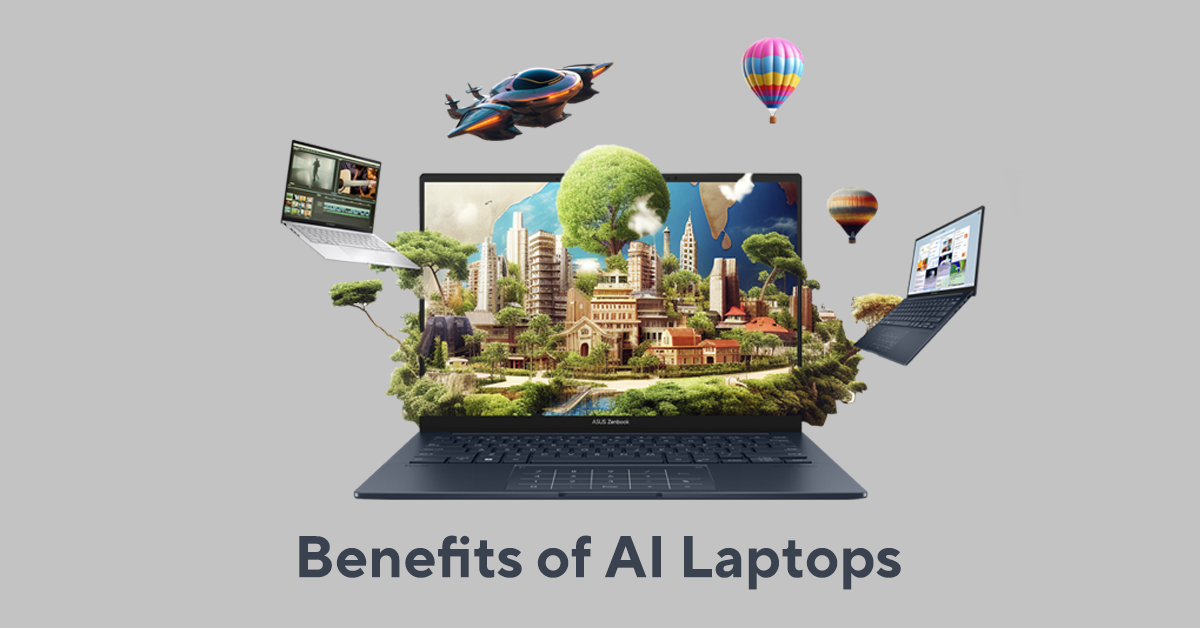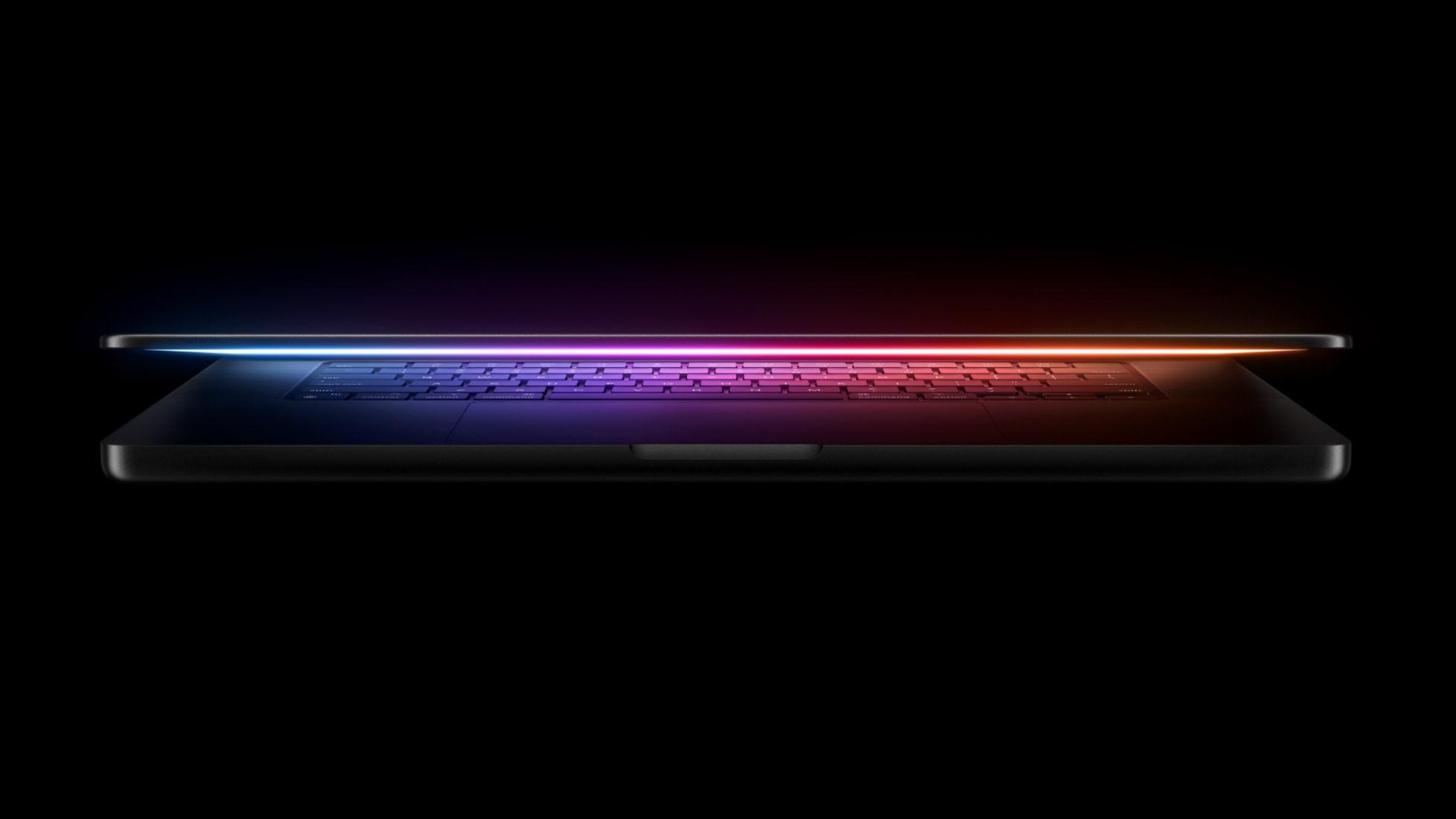Introduction: The Rise of Augmented Reality in Tablets
As augmented reality (AR) technology develops, it’s not just a concept confined to sci-fi movies or high-end research labs—it’s arriving on devices we use every day, including tablets. AR integration in tablets is redefining how we interact with digital content, providing more immersive, interactive experiences than ever before. Whether you’re an educator, designer, or simply tech-savvy, this shift could change how you work, play, and learn.
This article explores how AR works in tablets, key applications, and what it means for the future of digital interaction. Plus, if you’re considering buying an AR-enabled tablet, we’ll guide you through the most important features to look for.
What is AR Technology in Tablets?
Before diving into specific applications, let’s clarify what AR actually means in the context of tablets. Augmented reality overlays digital information—such as images, sounds, or other data—onto the real world. Unlike virtual reality, which immerses users in a completely digital environment, AR blends virtual and physical elements.
AR vs. Traditional Tablet Use
For years, tablets were primarily used for browsing, reading, or simple creative work. With AR, these devices are transitioning from basic consumption gadgets to powerful tools for interactive experiences. Instead of passively viewing information, you can now interact with it in real time, engaging with content in ways previously unimaginable.
AR Hardware Requirements in Tablets
To deliver a seamless AR experience, tablets need specific hardware capabilities:
- High-Resolution Cameras: Essential for capturing your surroundings to layer digital information accurately.
- LiDAR Sensors: Some tablets, like the Apple iPad Pro, use LiDAR for faster and more precise mapping of the surrounding environment.
- Powerful Processors: AR tasks demand more processing power, so tablets with advanced chipsets are best suited for the job.
Key AR Applications and Use Cases in Tablets
So, how does AR on a tablet benefit you? Here’s a look at some key areas where AR is making an impact.
1. Education
In education, AR is transforming learning by making lessons interactive. Imagine students studying the solar system by projecting 3D planets into their room or examining the layers of a volcano in real time. Apps like Google Expeditions allow educators to create immersive learning experiences that traditional textbooks can’t provide.
2. Healthcare
Healthcare professionals are finding AR-enabled tablets indispensable for visualizing complex anatomical structures. Medical students can use these tools to understand the intricacies of human organs in a 3D space. Additionally, AR apps can assist doctors during consultations, allowing them to show patients visuals of diagnoses, treatments, and surgical procedures.
3. Retail and E-Commerce
AR integration in tablets is also reshaping the retail landscape. With AR apps, you can try on clothes, and makeup, or even visualize furniture in your living space—all through your tablet. This capability is a game-changer for e-commerce, providing an engaging experience and reducing the guesswork in online shopping.
4. Professional Design and Architecture
For architects and designers, AR tablets offer an innovative way to present designs and prototypes. Rather than reviewing flat sketches, clients can “walk through” 3D models or view scaled-down virtual buildings. Apps like MagicPlan and Houzz enable designers to visualize their work with precise measurements, allowing for accurate planning and fewer revisions.
Current Market Leaders in AR Tablets
Several leading tech companies are pushing boundaries with AR-enabled tablets. Here’s a quick look at the top contenders:
- Apple iPad Pro: Equipped with a LiDAR scanner, the iPad Pro leads the AR space. Paired with ARKit, Apple’s AR development platform, it provides accurate and powerful AR capabilities across a wide range of applications.
- Samsung Galaxy Tab S Series: Samsung’s Galaxy Tab S lineup includes high-resolution cameras and a powerful processor, ideal for AR apps focused on entertainment and productivity.
- Microsoft Surface Duo: While not a traditional tablet, the Surface Duo’s dual screens open up creative AR applications, especially in the professional domain.
With each model, you get unique advantages, but they all share a commitment to elevating digital interaction through AR.
Top AR Apps That Are Transforming Tablet Experiences
The app ecosystem plays a huge role in the AR experience. Here are some of the top AR apps that tablet users are raving about:
- Froggipedia: A popular educational app that uses AR to let students dissect a frog without ever needing a real one, making biology lessons far more engaging and ethical.
- Houzz: Perfect for interior designers, this app lets users place 3D models of furniture in their space to see how it would look before purchasing.
- Shapr3D: A go-to app for architects and designers, Shapr3D allows users to create complex 3D models directly on their tablets, transforming the design process.
These apps demonstrate AR’s versatility, catering to fields as diverse as education, design, and retail. By exploring these options, you can experience the full potential of AR on your tablet.
The Role of AR in Remote Work and Collaboration
As remote work continues to grow, AR-enabled tablets are emerging as essential tools for collaborative tasks. Here’s how:
Virtual Meetings and Presentations
Imagine a meeting where, instead of viewing a flat presentation, you can explore a 3D model of a new product in real time. AR makes this possible, enabling teams to engage more dynamically even when they’re not in the same room.
Interactive Training Sessions
From onboarding to ongoing skills training, AR allows employees to engage with material in a hands-on way. AR simulations create a “learning-by-doing” environment, which studies show improves retention and understanding.
Design Reviews and Prototyping
For designers and engineers, AR makes it possible to view and adjust prototypes collaboratively. You can gather feedback in real-time, adjusting virtual models on the fly without costly physical prototypes.
Challenges and Limitations of AR on Tablets
While AR technology has come a long way, it’s not without its challenges. Here’s what you should know before investing in an AR-enabled tablet:
- Battery and Processing Demands: Running AR apps continuously requires significant power, meaning shorter battery life and possible overheating.
- High Cost: The best AR experiences often come on premium devices, which can be a limiting factor for budget-conscious users.
- User Adaptation: The novelty of AR can come with a learning curve. It may take time to fully understand and utilize the features effectively.
While these challenges shouldn’t deter you from exploring AR tablets, being aware of them will help you make a more informed decision.
Future Trends: What’s Next for AR in Tablets?
Looking ahead, the AR landscape in tablets is poised for exciting developments. Here are a few trends to keep an eye on:
- Advancements in Miniaturized Sensors: As sensors like LiDAR become more compact, more tablets will be able to incorporate advanced AR without bulk.
- Affordable AR Models: As AR technology becomes mainstream, we can expect more budget-friendly models to emerge, making AR accessible to a wider audience.
- Cross-Platform AR Integration: Imagine seamless integration between your AR tablet and devices like AR glasses. This cross-platform experience would open new possibilities for collaboration and creativity.
- 5G and Cloud AR: With 5G connectivity, AR will become smoother and more immersive, even allowing for real-time, multi-user experiences through cloud-based computing.
Choosing the Right AR Tablet: A Buying Guide
When choosing an AR tablet, consider the following factors:
- Processing Power: For seamless AR experiences, choose a tablet with a powerful processor.
- Sensor Quality: High-quality cameras and LiDAR are essential for accurate AR mapping.
- Battery Life: Look for models with extended battery life to handle AR’s energy demands.
- App Compatibility: Ensure the tablet you choose supports the apps you need, whether for education, design, or general productivity.
With these factors in mind, you can find a tablet that suits your specific AR needs, whether you’re a student, professional, or casual user.
Conclusion: The Transformative Potential of AR in Tablets
AR integration in tablets is not just an upgrade; it’s a game-changer. Whether you’re exploring new ways to learn, enhancing your business presentations, or diving into innovative design, AR brings a depth of interaction previously unimaginable.
If you’re ready to explore the possibilities, consider an AR-enabled tablet as your next tech investment. Embrace the future of digital interaction today!
If you’re excited about AR or have questions, share your thoughts below or explore more articles on our website to stay updated on the latest tech trends.
I'm Salim, the creator and tech enthusiast behind this website. My passion for technology has been a lifelong journey, fueled by a deep curiosity about how things work and a desire to explore the latest gadgets and innovations that shape our world.



